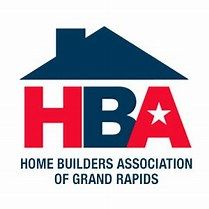Concrete Sealer Issues
I have received quite a few calls over the years with regards to sealer issues. A few have been our own, most have not. The usual question is “Why is my sealer white?”
This issue is almost invariably linked to moisture issues. While sealers are meant to be used outside, they are also meant to go on in thin layers. The reason for this is that thin layers allow the sealer to be “breathable” which means it allows the moisture to escape from both the concrete slab and the ground below it. When sealer is applied in a layer that is too thick, the moisture becomes trapped. This causes it to turn white.
Another common sealer issue is surface bubbling, either on the surface of the concrete or in the joints of stamped concrete. This is usually from applying sealer to a slab that is too warm.
These problems are fairly easily fixed with solvent-based sealers. A solvent is sprayed on the sealed surface of the concrete. This solvent re-liquifies the sealer, allowing the trapped moisture to escape. Once this solvent evaporates, it leaves behind a clear sealed surface and the problem is solved. Most of the time the problem is simply fixed with a sprayed coat but occasionally the surface needs to be agitated with a roller to further thin the sealer and encourage the moisture to escape. Water based sealers are a different story. They need to be stripped with chemicals and resealed, which is often a long and messy process.
Whitening also happens when objects are placed on sealed concrete, like rugs, planters or even pool covers made from unbreathable materials, like tarps and sandbags. In the attached picture, you can clearly see where part of a flagstone patio we installed in East Grand Rapids MI was used as a hot tub pad. The hot tub sat on the concrete and blocked the moisture from escaping. This is a before picture. I should have taken an after picture. After being washed, we sprayed the patio with solvent. The entire patio was much cleaner and uniform in color. The white area was eliminated.

Sealer can also absorb moisture while it is curing. Depending on temperature, humidity and wind conditions, sealer can take from just minutes to many hours to dry after application. We’ve had moisture in the form of rain, fog and overnight frost get into the sealer before it dried completely. This also turned the sealer white. In the attached pictures, you can see the before and after pictures from a stamped patio project we poured in Canadian Lakes in Stanwood MI. The patio was poured in early November. Four hours after we sealed the concrete for the second time, rain arrived. If this were summer, there would not have been an issue because the sealer would have been hard but because of the cold temperatures, the sealer was still wet. The result was this whitening. I returned the next day and applied solvent, and I thought the issue was resolved. Once again, however, temperature was an issue. The sealer wasn’t hard yet before a nighttime frost arrived and caused whitening again, although to a lesser extent. I had to go back again a couple days later and apply another coat of solvent. This time, I ran some fans and leaf blowers for several hours to dry the surface. Problem solved!
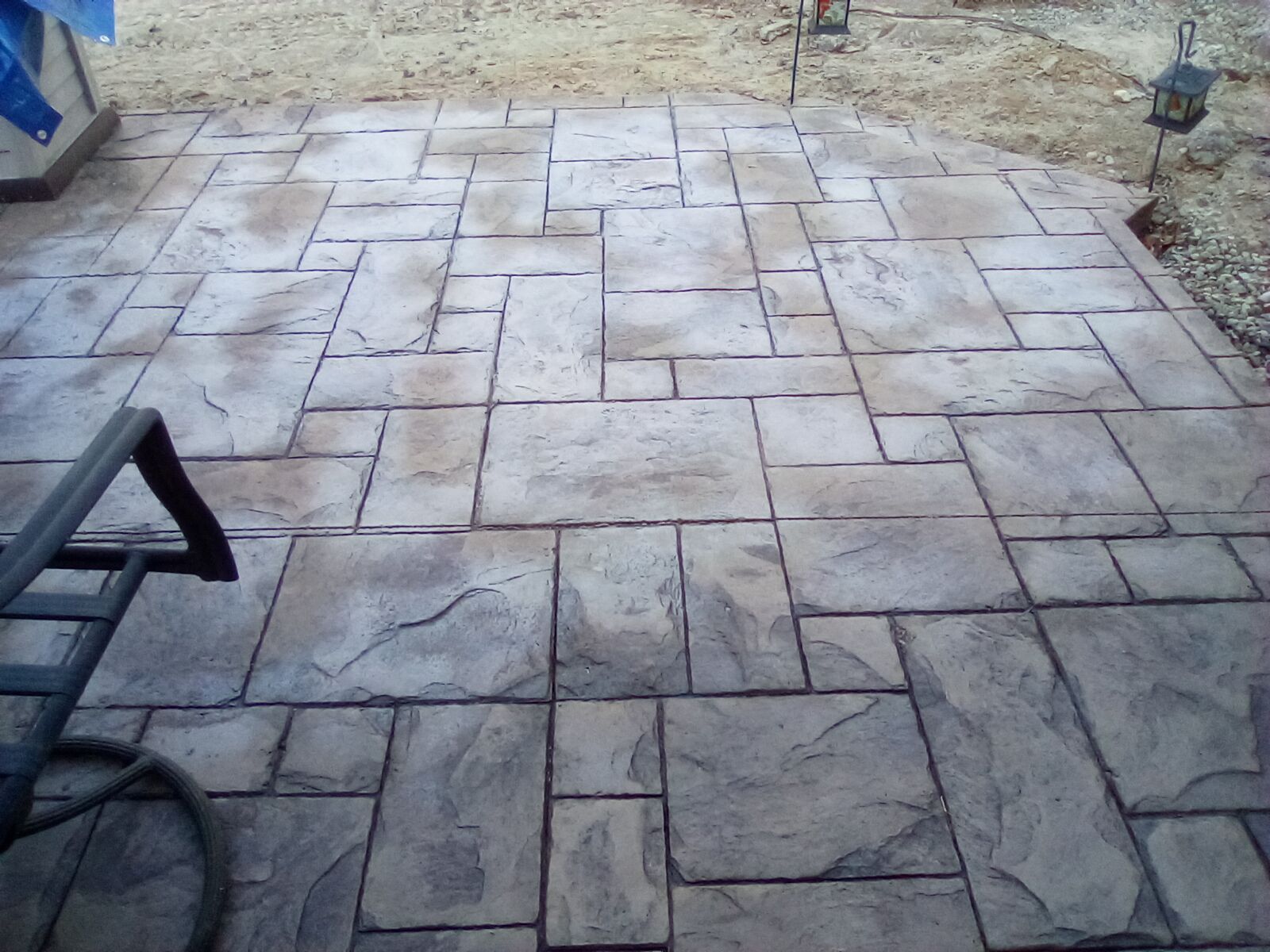
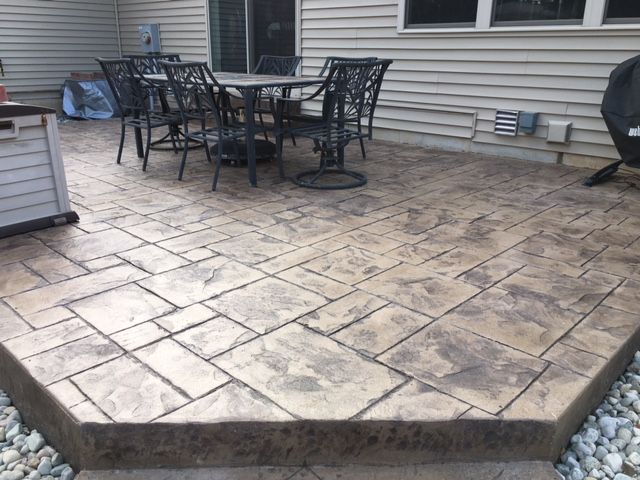
Other sealer issues we have fixed are the result of a homeowner mistakenly damaging the sealer. It is important to understand the following:
Gasoline is a solvent. If you spill it on a sealed surface, the sealer will become soft. Avoid getting gas on your stamped concrete. If you do spill it, the best course of action is to do nothing. Eventually the gas will evaporate. If you try to wipe it up, you will smear the sealer and leave a dirty, thick layer behind.
Avoid getting paint on your concrete. Paint bonds to sealer. Removing paint without removing the sealer is difficult.
Do not tape anything to your sealed surface. Tape and sealer share similar chemistries and tape bonds to sealer and pulls it up.
Do not use salt, especially in the first two years. Salt is bad for concrete, sealed or not. Salt can cause the concrete to pop, which includes the sealer on it. Use sand for traction if necessary.



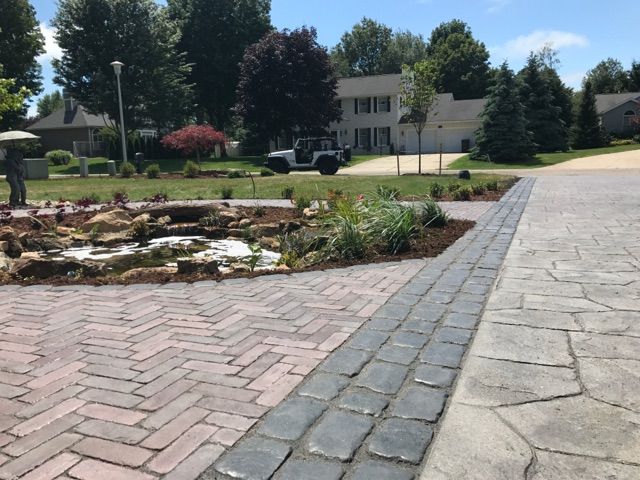
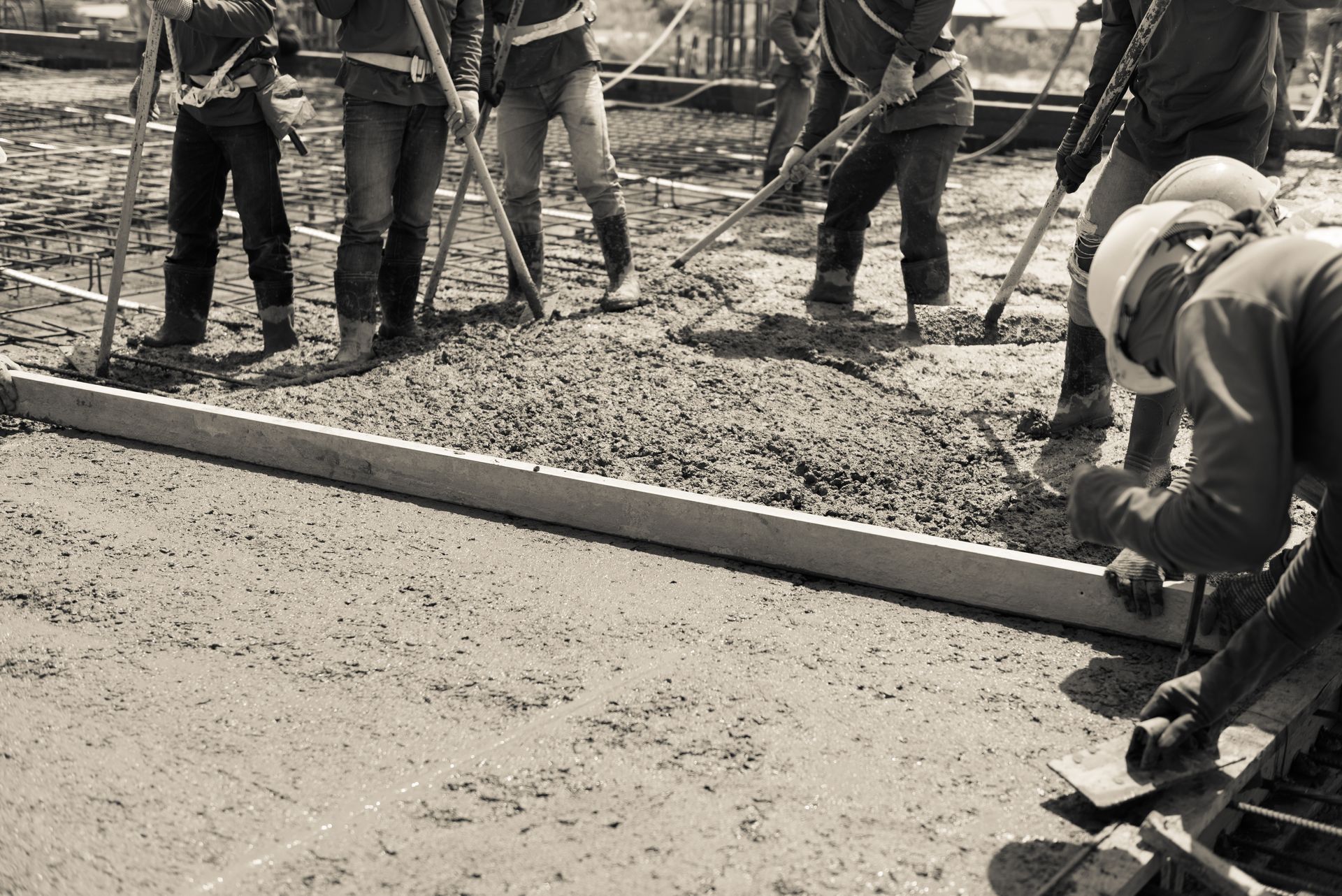
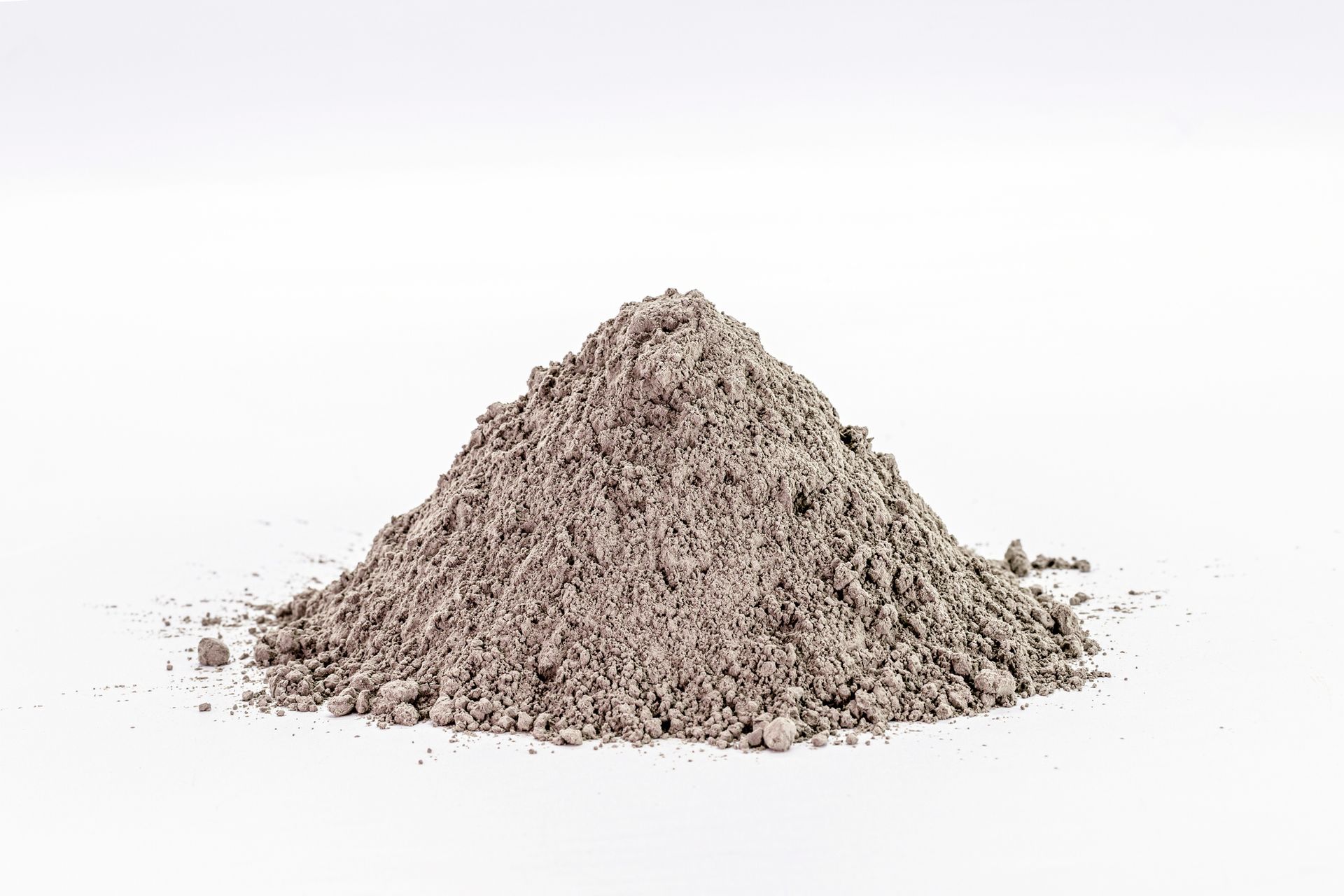

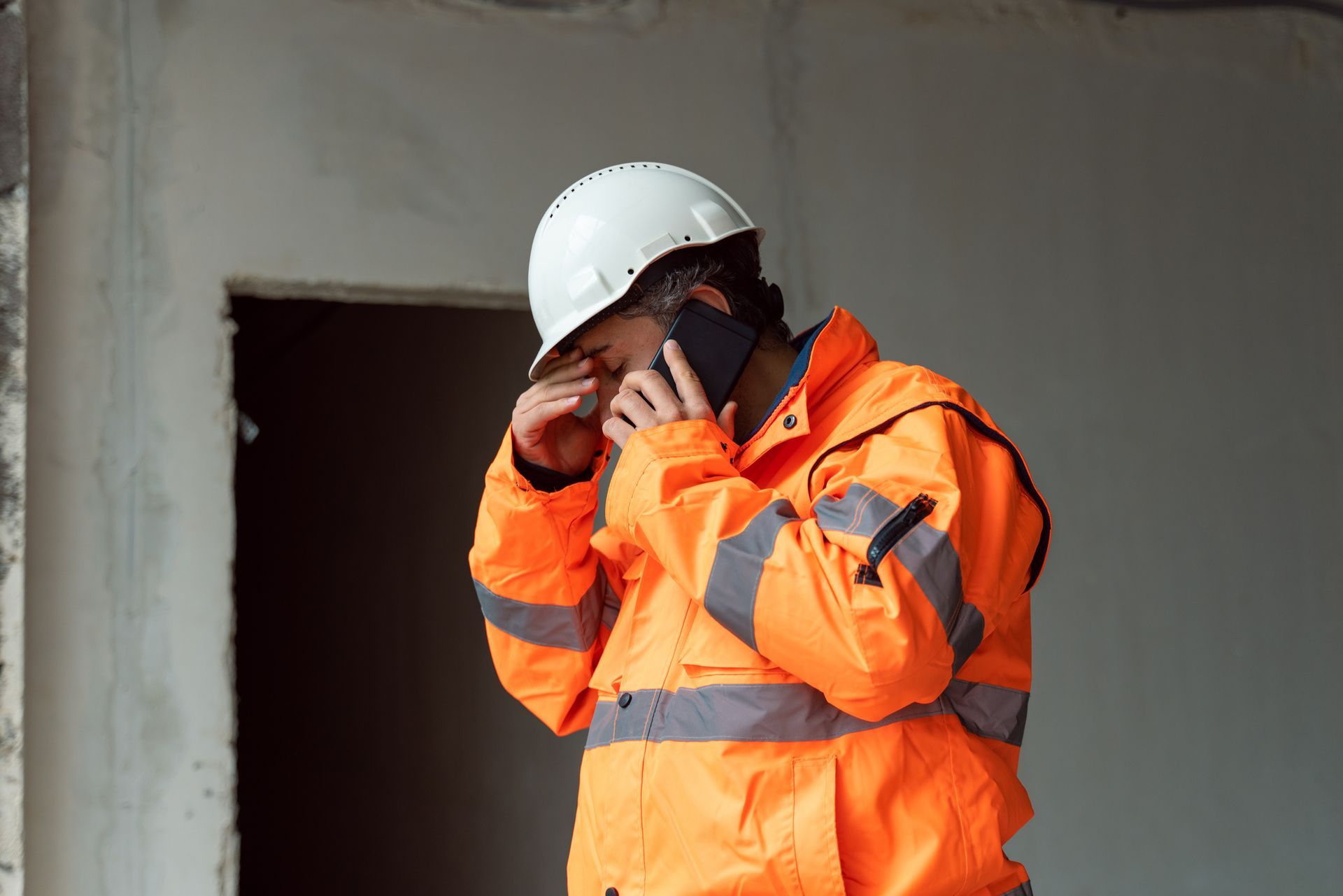

CONTACT INFORMATION
Phone: (616) 254-7197
Address: Rockford, MI 49341
BUSINESS HOURS
- Mon - Sat
- -
- Sunday
- Closed
